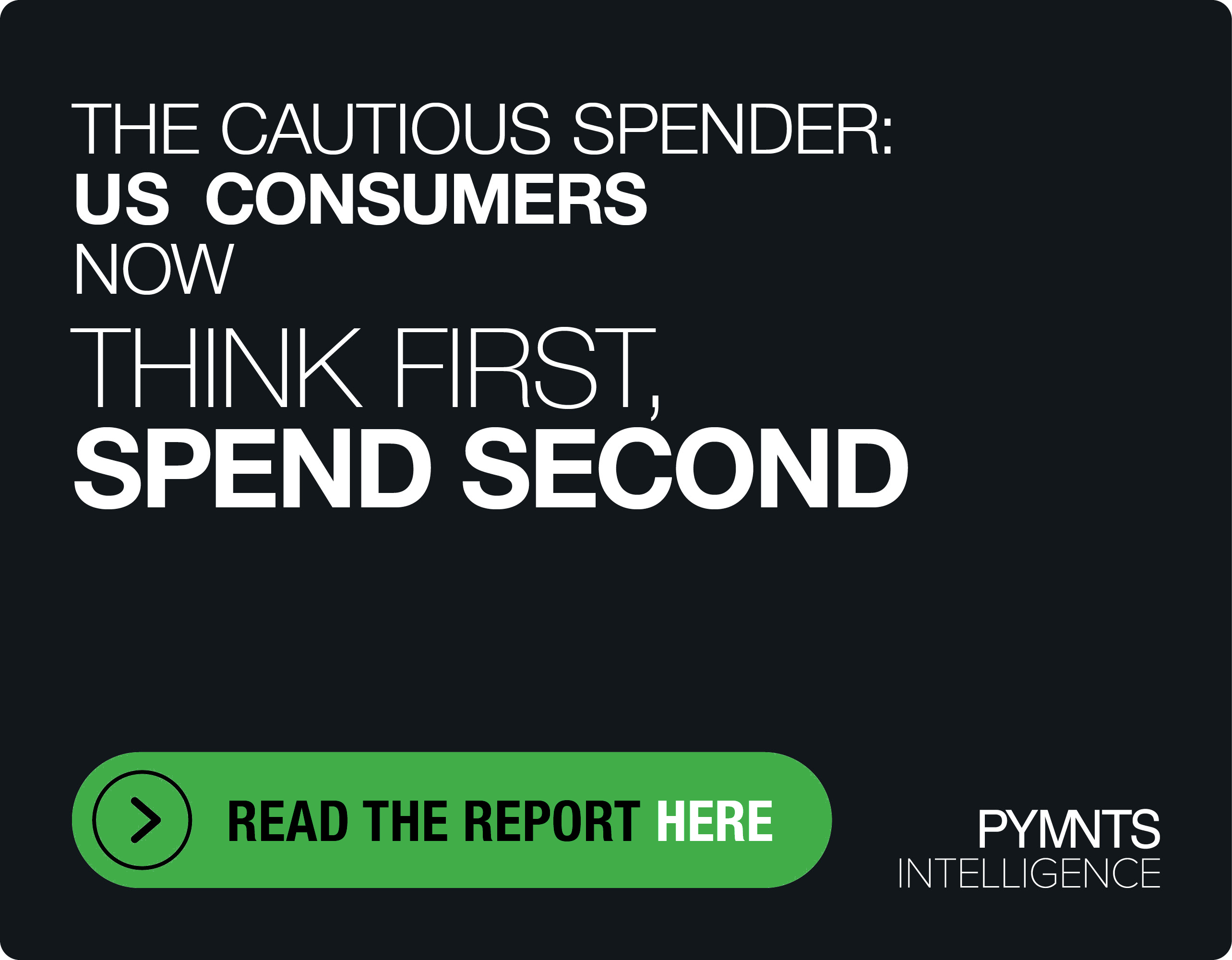R3 Blockchain Finds a Foothold Beyond Banks
It’s fair to say that when it comes to turning the promise of blockchain into the reality of blockchain, catching up with the hype cycle is a long, slow process, particularly among companies in regulated financial markets
But it’s happening, Charley Cooper, managing director of R3, a developer of digital ledger solutions for regulated industries — mostly financial markets companies like banks, exchanges, clearing houses and the like — told PYMNTS. Its primary product, Corda, uses private or “permissioned” distributed ledger technology (DLT) which is also used to build cryptocurrency-powered blockchains.
Catching up to that hype required a couple of things, beginning with showing clients that by using permissioned networks — meaning all participants must be approved and invited, unlike public blockchains like Ethereum upon which anyone can set up a platform and offer services — R3 could set up “business networks that would allow them as regulated entities to trade, settle, clear, process, reconcile … transactions in a way that would meet regulatory muster.”
Among other things by ensuring that not only are all participants vetted, but they also undergo whatever know-your-customer (KYC) and anti-money-laundering (AML) checks are required, he said.
Read also: DeFi Platforms Tighten AML to Court Institutional Investors
Trying out new technology is “fine and exciting so long as you do so within boundaries that your regulators are comfortable allowing you to operate,” he added.
The second, Cooper said, is convincing them that blockchains and DLTs can handle the necessary transaction volume — Corda handles tens of thousands a day, he added.
Working Together
R3 began in 2015 as a consortium involving most of the world’s largest banks working together on ways to build a framework for using DLT and blockchain in financial markets. While a number broke away to pursue other avenues, it now has a broader base that also includes insurers like Allianz and Chubb, infrastructure providers and exchanges like Euroclear and Nasdaq, as well as banks including HSBC, Wells Fargo and Bank of America.
Today’s uses range from Wells Fargo’s digital cash program for interbank transfers, to bond trading platforms Agora and Ledger Edge, to the SIX Swiss Exchange’s digital asset exchange SDX. The Italian Banking Association’s Spunta Banca, its interbank transaction reconciliation program, is built on Corda.
Given its roots, interoperability is an important part of R3’s work. One part of this, Cooper said, “is creating interoperability between the different applications that our clients are using on Corda itself.”
He gives the example of Wells Fargo’s need to make internal bank transfers. If you are “thinking about moving securities around within your ecosystem, you need to make sure that just because the applications are different, the underlying system on platform on which it’s built — Corda — can help those platforms interoperate and transactions on one are recognized on the other.”
A second is creating interoperability with blockchains, most notably Ethereum. The goal is “bridging the gap,” Cooper said, between traditional finance and decentralized finance, or DeFi.
A key part of that he added, “is the ability of actors out on a permissionless blockchain [such as Ethereum] to migrate onto a private permissioned blockchain” while ensuring they go through the same AML and KYC process.
The point is for those regulated clients “to feel comfortable that the other people on the network are entities with whom they are allowed to do business and meet regulatory muster,” as the pseudonymity of regular, permissionless blockchain means you can’t be sure who they are.
Taking Fiat Digital
R3 is also working with a number of governments looking into whether Corda is a good platform for central bank digital currencies or CBDCs.
See also: PYMNTS Cryptocurrency Glossary: Central Bank Digital Currency
At this point, Cooper said, most countries are still somewhere between considering the need for a CBDC and figuring out how to build one. Aside from China, whose digital yuan is close to launching, and a few small ones like the Bahamas’ sand dollar CBDC, the global central banking community has a “tremendous amount of interest” that has not yet evolved much beyond test projects and pilots.
With its B2B focus as a company, one thing R3 has found, he said, is that there is “a massive question [about] the interaction between wholesale, which is B2B type transactions and the retail, which is average Joes like you and me going out to Starbucks and buying our coffee with a central bank digital currency.”
Governments and central bankers “almost always move very slowly,” Cooper noted. “But when they finally do show up to the party, they show up big.”
One interoperability question that is also being considered is the way privately issued, fiat-pegged stablecoins would interoperate with CBDCs like a digital dollar or digital euro.
Read also: PYMNTS Crypto Basics Series: What’s a Native Token, Non-Native Token and White-Label Crypto?
Cooper said he’s seeing European lawmakers far more willing to consider a financial ecosystem in which CBDCs and stablecoins co-exist than those in Washington, D.C., where there is greater concern that a “proliferation of stablecoins would actually make it more difficult for the [Federal Reserve] to do its job in terms of monetary policies.]
As for financial institutions, Cooper said “stablecoin-curious” is a good way to put it.
“I think there’s a recognition that in many ways the world is moving towards alternate forms of tokenized cash and alternate forms of payments,” he added. “Many of our private-sector clients are looking at what stablecoin options they have, but none of them are being deployed at scale yet until they see more clarity out of the regulators.”
For all PYMNTS Crypto coverage, subscribe to the daily Crypto Newsletter.
